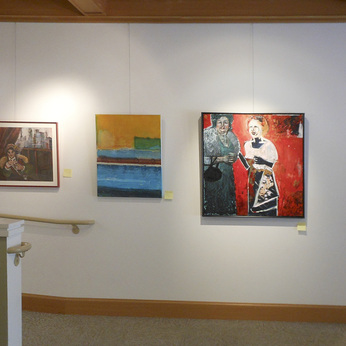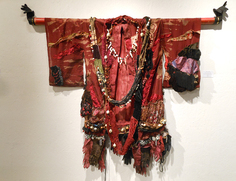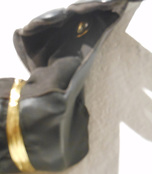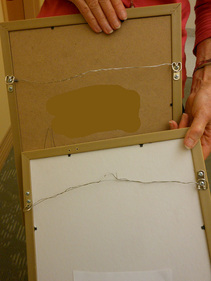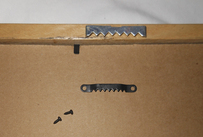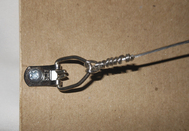Where to Start
Most of us start with creating and then think about how to display or prepare for exhibition well into the process. What follows here are suggestions that will help with managing the cost of finishing your work for exhibition and improve your success with professional presentation of your work. Professionally prepared artwork greatly enhances your exhibition opportunities and sale of work. If you are creating work for a specific exhibition read all conditions of artwork presentation carefully before starting.
Wall Mounted Art Work - Gallery Systems vs Traditional Hooks and Nails Explained
There are many factors determining whether a venue has a gallery hanging system, uses traditional nails and hooks or a combination of the two. As an artist preparing art to work with either system will save time, trouble, money and build relationships.
Wiring Artwork for Wall Hanging - Do's and Don'ts
The same rules apply for wiring whether the artwork is framed or unframed.
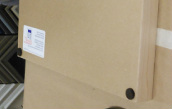
Bumpons are placed at the bottom of the piece so that it hangs level. They also help to keep the artwork hanging straight and minimize scratches to the wall. They come in felt as shown here, foam and clear plastic.
Choosing Frames and Framing Basics
For artists that work in mediums requiring framing, planning ahead to create artwork that will fit in standard size stock frames saves money, lots of money, time and frustration. A trip to local stores selling frames to check quality and standard stock sizes available in your area is time well spent. Chose plain non-decorative frames. Simple well constructed black frames work everywhere. Natural wood is an alternative. For matted work, choose non-color white mats. Even in venues that do not limit styles and colors of frames and mats, following the recommendation of plain black frames and white mats gives a professional appearance and increases the possibilities of where your work can be hung in a gallery.
Standard Frame Sizes
This list represents common sizes found at both a chain art supply store and local independent: 8 x 10, 10 x 10, 11 x 14, 11 x 17, 12 x 16, 12 x 18, 14 x 18, 16 x 16, 16 x 20, 18 x 24, 20 x 24, 20 x 28, 20 x 30, 24 x 30, 24 x 36. Quality in ready made standard stock size non-decorative frames does vary. In this sampling, the local independent had the most professional appearing frames.
Plexi versus Glass
More and more galleries are setting the standard for plexi for exhibitions. When framed work is shipped, even if there is no restriction to using glass in framed work, it is a good idea to use plexi so your work arrives intact. For the exhibit Choice we ask for plexi for shipped work and accept glass for hand delivered work.
Non-traditional and Unframed Work
The goal as an artist is to have professional looking finished work. Deep stretcher bars often called gallery 1 3/8, 1 1/2 or museum 2", 2 1/4", 2 3/8" look great with the painting carried over the sides or with solid finish. Paintings on traditional 3/4" stretchers should be framed. Non-traditional works need to have finished edges so the curator and gallery staff can handle the work without getting slivers or other injuries. Always check with the gallery for fabric works and other non-traditional unframed works for local requirements for hanging artwork.
